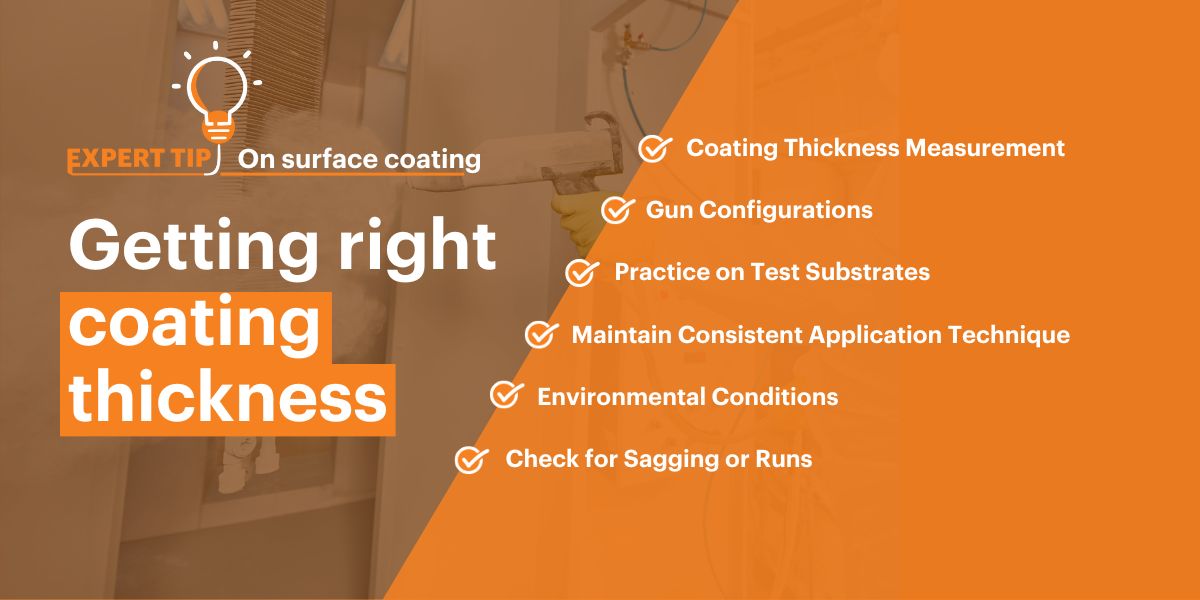Achieving the right surface coating thickness is crucial for the performance, durability and overall quality of coated materials. Achieving the correct thickness is a delicate balance; insufficient coating may leave surfaces vulnerable to corrosion and wear, compromising their longevity, while excessive coating can lead to issues such as cracking and peeling. Optimal coating thickness ensures effective protection against environmental factors, enhances resistance to chemical substances, and contributes to the desired aesthetic appearance.
Here are 5 expert tips surface coating thickness to help you get it right:
1. Coating Thickness Measurement:
First step to ensure uniform surface coating thickness conducting measurement tests.
Wet Film Thickness (WFT) Gauges: Wet film thickness gauges are essential tools for ensuring the correct application thickness. They come in various types, such as comb gauges and notch gauges. Use these gauges to measure the thickness of the wet coating as it’s being applied.
Dry Film Thickness (DFT): While the wet film thickness is essential during application, the dry film thickness is what matters in the end. You’ll need to factor in the expected shrinkage or curing of the coating material to achieve the desired DFT. The manufacturer’s guidelines usually provide information on this.
2. Gun Configurations
Attaining the precise micron size tailored to the specific requirements of a component is paramount for achieving an impeccable coating thickness. Any deviations from the optimal micron levels can result in either under spray, leaving surfaces inadequately coated and vulnerable, or over spray, leading to potential issues like cracking and peeling. The proper configuration of the spray gun becomes a critical factor in maintaining the accuracy of micron levels during application.
3. Practice on Test Substrates
Before applying the coating to the actual surface, practice on test substrates to get a feel for the application process and to fine-tune your technique. This can help you achieve the desired thickness more accurately.
4. Maintain Consistent Application Technique
Consistency in your application technique is crucial. Maintain a consistent distance from the surface, speed of application, and overlap to ensure even coverage and thickness.
5. Environmental Conditions
Pay attention to environmental factors such as temperature, humidity, and airflow. These conditions can affect the viscosity and drying/curing time of the coating, which in turn can impact the thickness.
6. Check for Sagging or Runs
Watch out for sagging or runs in the coating, as they signal uneven thickness and potential defects. Swiftly adjust your technique to prevent these issues, ensuring a flawless finish and maintaining the integrity of the coating application.
Remember that the ideal coating thickness can vary depending on the type of coating, substrate, and intended application. Always refer to the manufacturer’s recommendations. At Statfield, our team of experts are always ready to help you achieve the right coating thickness.


